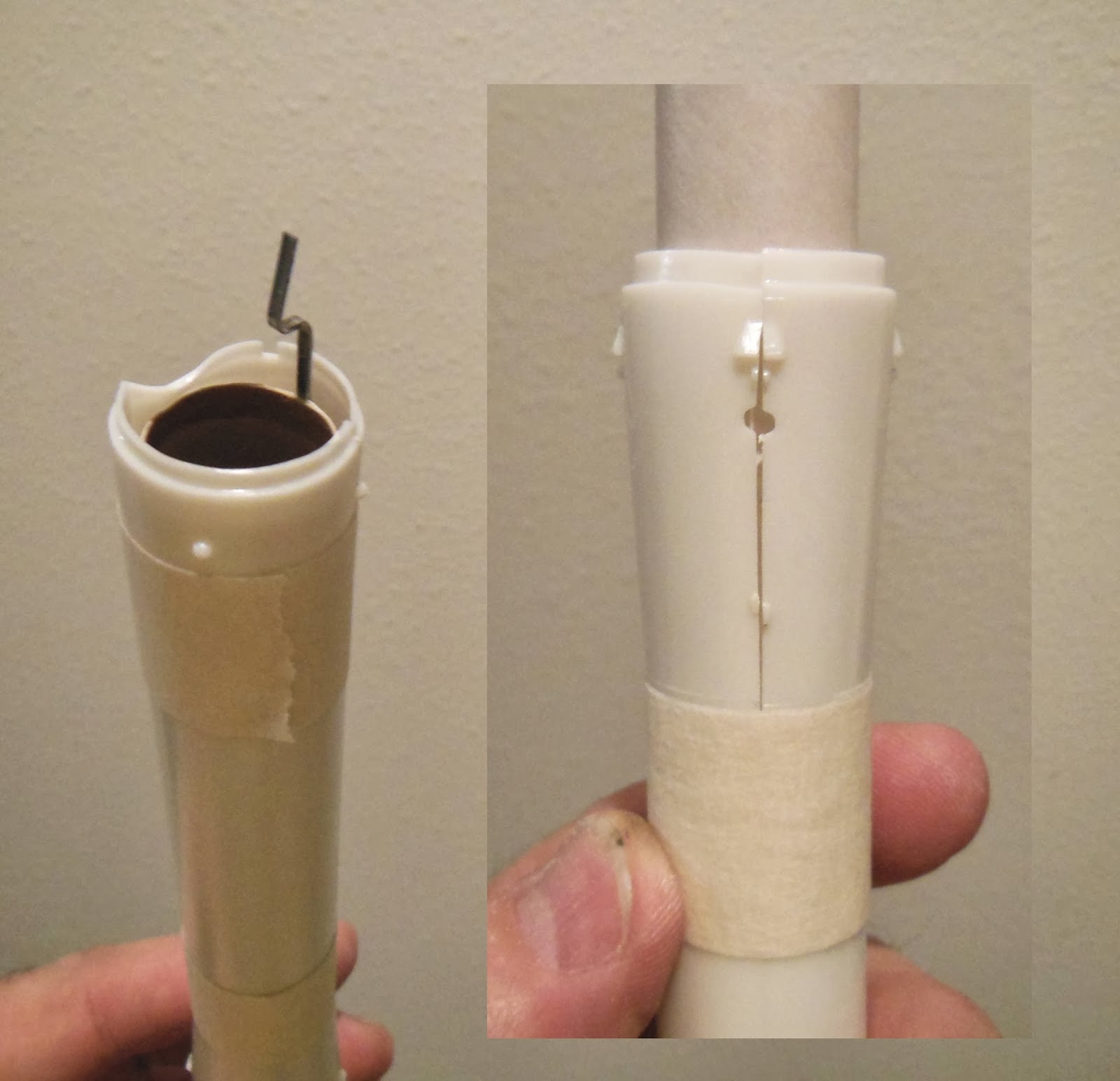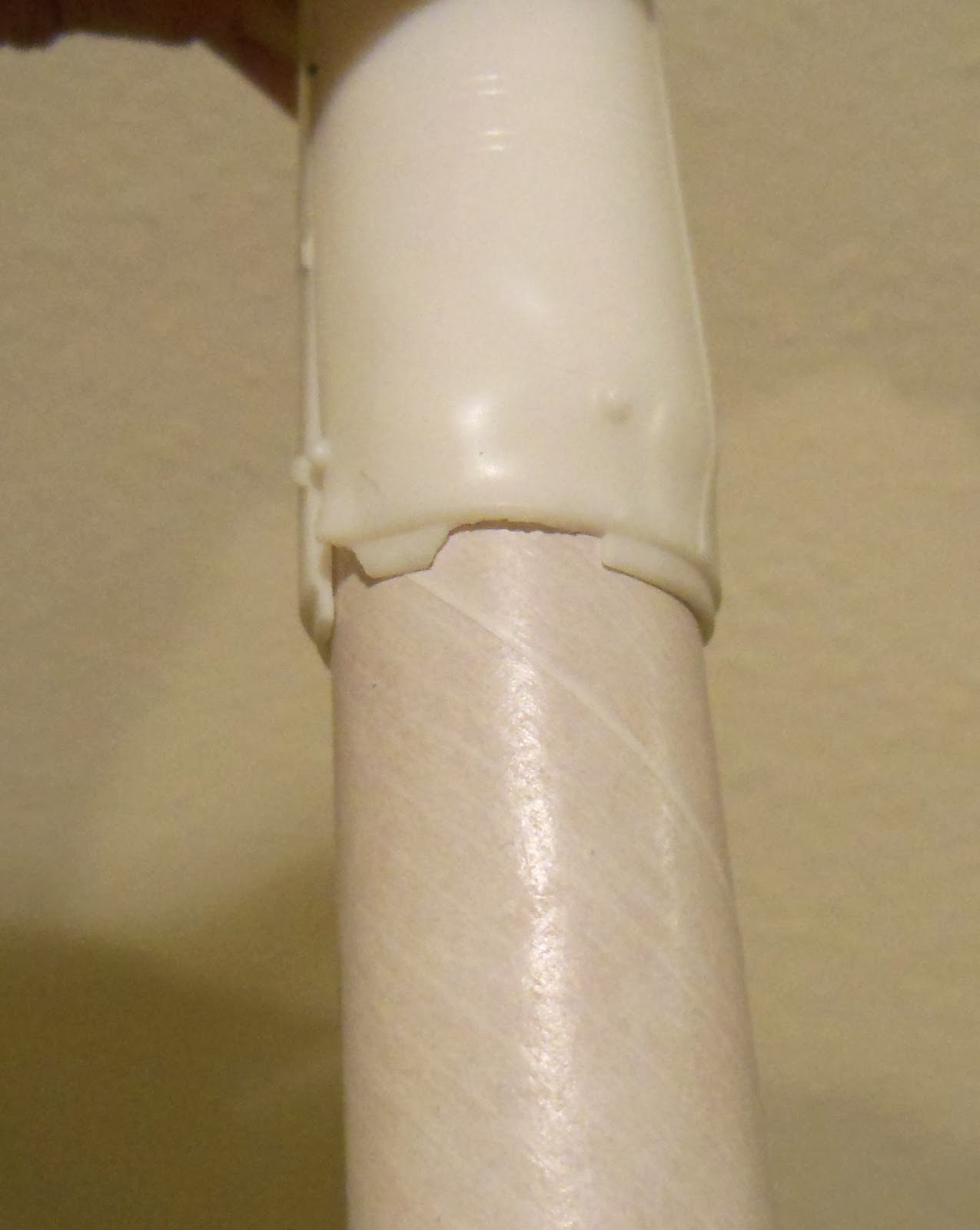Did you ever start a model and get so frustrated you set it aside?
It could be a bad design or unusable parts.
I almost gave up on the MPC Vostok!
I've got three rockets that are sitting until I can figure out a few steps that have me stumped.
Two of these models were started on the blog and left unfinished.
The AVI NIKE TOMAHAWK:
This was a model that AVI had in a catalog but I doubt was ever produced. I got the Nike and Tomahawk fin cans and parts from Quest.
There was problems painting the Tomahawk fin can. The mask wasn't good. Any attempt to smooth the paint sands down the raised screw heads. A few weeks back I finally found better fluorescent paints.
The TLP PHOENIX 1.6:
The build went well until I tried to glue on the fin fairings.
This was before I was scanning any kit card stock so I could print more if needed.
I was disappointed there wasn't any decals. I didn't print my own decals back then.
The model isn't big. I was hoping for something larger, like the older Estes Phoenix.
The Q Modeling RAPTOR:
I won this one in a contest.
The card stock adapter didn't turn out well. I'd rather have a balsa adapter.
I didn't know how to install the "parachute shelf" ring in the upper tube section. After it flipped around a dozen times I gave up and cut the tube to install it.
TIP: To install a centering ring "shelf", roll up a magazine or newspaper into a tight cylinder to push the ring in place.
There were plenty of "antennas" made from leftover pieces from the laser cut Q Modeling engine mounts.
(The Q Modeling engine mounts are pretty amazing.)
There is no way to easily fill all the pores on the balsa antennas. I ended up sanding off the raised areas then gluing thick card stock squares where they once were.
In the 1970s I quit building an Estes Saturn V.
All the embossed wrap widths were pre-cut. None of them made it all the way around the body tubes!
I rarely give up on models. I'd rather troubleshoot and hope a solution comes to mind.
These will be finished and flown one day, if I ever figure out how to fix the snags.
 You can build and fly either (or both) of the Vostok or Sputnik capsules.
You can build and fly either (or both) of the Vostok or Sputnik capsules.
















































